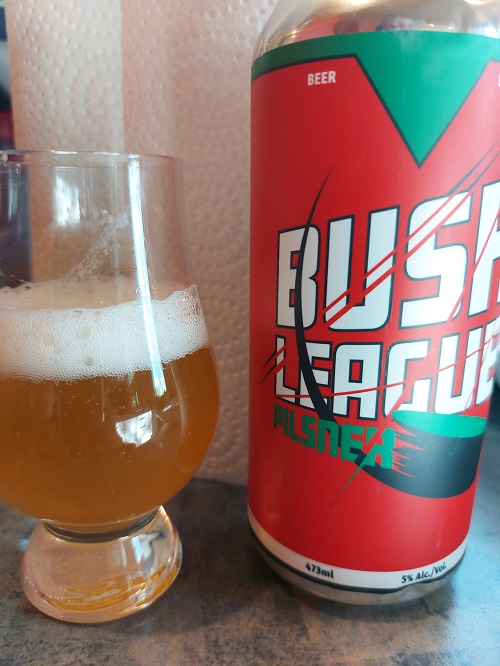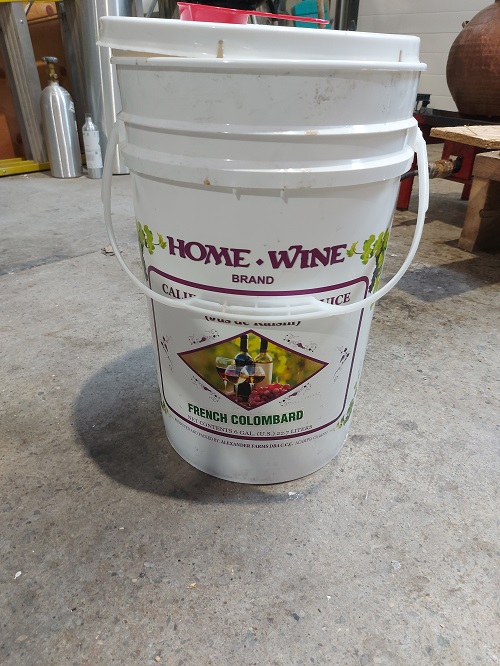When making a mash of malted grain in a distillery, it is critical to engage in two temperature rests (64 and 74 C). The goal is to thoroughly break down the cell structure of the grain so as to release the starches and proteins from within the endosperm cells. The heat energy of the mash then further breaks down the starches into smaller constituent bits of sugar. The protein contained in the endosperm cells is also broken down into smaller peptide and amino acid bits. Smaller bits of sugar and peptide can be assimilated by the yeast and the net result will be a ferment with good alcohol yield.
This same two-temperature rest is also applied when making a lager type beer. A lager beer by definition will be clean and refreshing without the residual maltiness that is typical of an ale style of beer. A brewer making a lager style of beer will subject his wort to a boil that is longer than that applied to an ale. In fact, a lager boil should be a solid 90 minutes, perhaps longer. The goal is to get the proteins and peptides to drop out of solution and fall to the bottom of the kettle. At issue is something called the Siebert Model, advanced by Cornell University professor Karl Siebert in the late 1990s. His work built on earlier work from the early 1990s by Kirin Brewing in Japan. The model says that protein bits in the fermented wort can interact with polyphenols in the wort (arising from the hops added). The net result is a visible haze which any beer judge will regard as a serious defect. Beer judges aside, consumers too will regard haze as a defect. Think about all the commercial lager beer you have tasted (ranging from Coors to Bud to Labatts Blue to Kokanee….). Have you ever encountered one that is hazy? No you have not.
In June 2021, I happened upon a craft brewery in Calgary that had a number of different beer expressions on offer. I bought a 4-pak of their Pilsner. Imagine my shock when the liquid that poured out of the can was hazy. Imagine my further shock when I realized the beer had been excessively hopped to the point of being not enjoyable. When I contacted the brewery, I was met with a brick wall. I offered to engage in some discussion concerning this product. There was no discussion to be had. I can only conclude that the folks at this brewery were afraid of my in-depth brewing science understanding. I am growing very wary of the craft beer scene in Canada. It seems the lack of science is a serious issue. So much so that when one brewery releases a new product, others will quickly try to emulate. What started as a sour beer expression by one a few years back soon spiraled out of control to deliver recent abominations like key lime pie sour and blueberry, raspberry, vanilla, chocolate sour. Now I am sensing a consumer-led shift to lager styles of beer. I am sure there will be craft brewers that unleash some truly amazing lagers. But, if those trying to emulate have not attained the knowledge to make a suitable lager product, there could be some abysmal failures to be had. The key take-away is – before you grab the 4-pak and run, be sure to taste some at the brewery first. A little taste beforehand is what I should have done in Calgary. Then I would not be sitting here pissed off writing this post….





